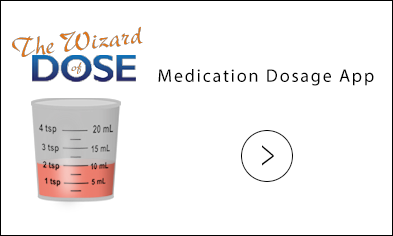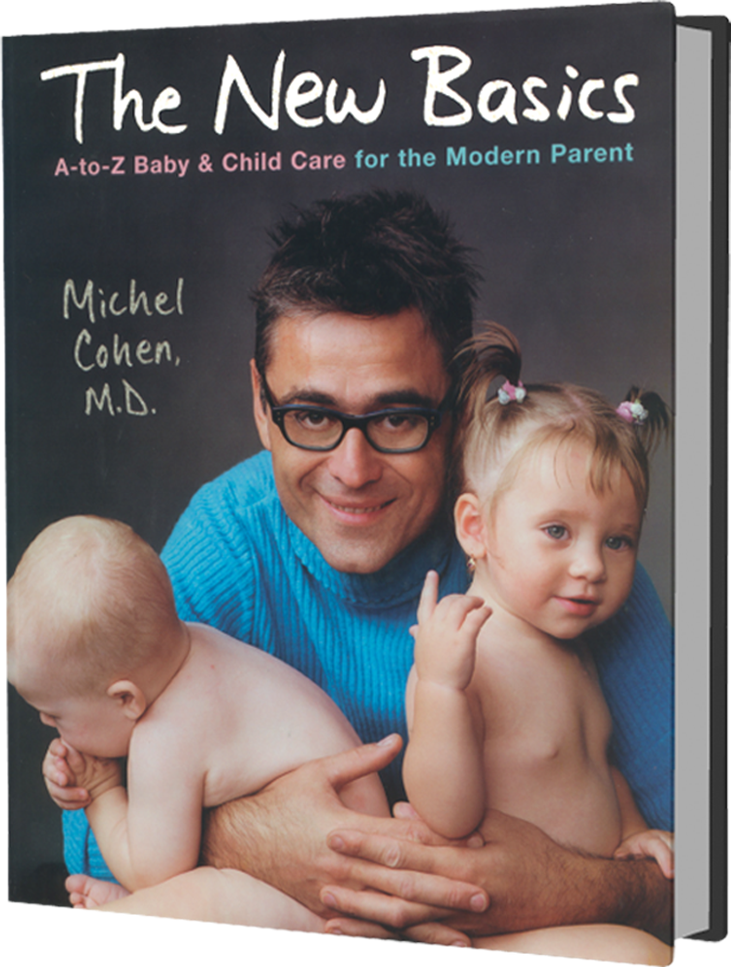
Breast-Feeding Problems
As described in the BREAST FEEDING entry, nursing usually works out fine; you overcome minor early hurdles, and the process ends up being a pleasure for mother and child alike. In case some complications arise, here’s a quick guide to typical breast-feeding problems.
Engorgement
This may occur around the fourth day, when your breasts look like balloons and feel like rocks because production outpaces demand. It’s a self-perpetuating problem, because when the areola is distended, it’s harder for Lucy to latch on, so she feeds less, which causes more engorgement.
This condition could be caused by waking her up to feed at set intervals, which interferes with her natural schedule. It may also stem from stress or fatigue, both of which disrupt the letting down of the milk you’re producing.
If you experience engorgement, massage your breasts in a warm shower, or apply warm compresses before nursing. Manually express milk, just enough so that your breasts are back to normal softness. (Don’t pump, as that will only increase production.) And try to relax. I know this is easier said than done, but being too tense will decrease the milk flow and you’ll stay engorged. When it occurs, engorgement typically lasts no more than a couple of days.
Difficulty Latching On
When Lucy has difficulty latching on to your breast, it causes frustration for you both, and the more tense you become, the less she’ll latch on. Early bottle introduction is often to blame, since Lucy doesn’t see why she should switch back to the relatively difficult human nipple once she’s had a compliant rubber one.
No matter how the difficulty started, getting back to nursing if Lucy is hooked on the bottle or just having trouble getting ahold of the breast is easy. Let Lucy work a little harder for her meal. Each time she acts hungry, offer at least fifteen to twenty minutes at the breast, even if it’s a struggle. If she’s absolutely hysterical, calm her down for a moment and then try again. At first, you should only expect a few sucking movements. Be patient and determined. Once she gets it, it’ll be easier the second time, and those first few sucks will translate into many more. After she’s spent fifteen to twenty minutes at one or both breasts, offer her a bottle of pumped breast milk or, if pumping is too awkward, a bottle of formula. Let her drink whatever she wants to after that, from nothing to many ounces. There is no point in starving her.
You supplement here for two reasons. First, you quench her thirst. Second, you gain reassurance that Lucy is not hungry, which ultimately gives you more confidence to nurse. As her reliance on the breast grows, and both of you become confident, decrease the number of supplemental bottles each day. Within a week, you should be able to breast feed almost exclusively.
Overnursing
In this situation, which may develop after a week or two, Lucy feeds constantly in a series of tiny sessions. She snacks for a few moments, then sleeps a little, nurses upon waking, then sleeps again. While a few of these cycles can occur normally, if she nurses all day long you will rapidly become exhausted. You can break the cycle by making Lucy wait at least two hours between feedings (finish to start), even if that means a two-hour stroller ride. You may have to put up with some crankiness, but it’s worth it. The next time around, she will be hungrier, feed longer, and then sleep longer, which will make both of you happier.
Fissures and Cracks
If Lucy has been too greedy, you could experience cracks and fissures in your nipple. If the pain is bearable, continue nursing. The cracks will heal soon, and if you stop nursing, breast engorgement will delay healing. These fissures can bleed a little, creating what seems like a horrifying problem—a baby who spits up bloody milk—which is in fact no problem at all, at least for her. There’s no miracle cure for these fissures. Air exposure, coupled with the application of a greasy ointment such as lanolin, will soothe your skin after nursing, and the fissure will heal spontaneously within a week.
Breast Infection
A fissure, even a small one you don’t see or feel, could be a port of entry for an infection, which shows up as shooting pains, swelling, redness, and occasional fever. Your doctor will treat this infection with antibiotics that are safe while breast feeding; you should continue to nurse, unless the pain is overwhelming.
Intense Pain
In the first few days, pain in the nipple is expected. It usually lasts a week, but in some mothers it is particularly intense and lasts longer. No matter what you may have read elsewhere, this is not because of your technique or Lucy’s inability to suck properly; you may simply have very sensitive nipples. It could also be that you two have become such good nursing partners that you’re doing it continuously. If the pain is too excruciating to nurse effectively, give yourself partial or complete breaks, and in the meantime, pump your milk to keep producing. During that break, feed Lucy a bottle of breast milk or formula, whichever is more convenient. As soon as nursing becomes bearable, reintroduce even if it’s a bit of a struggle (see above). Sometimes, the pain persists beyond a few weeks, or reoccurs after a few months.
Here are a few possible causes:
- A blocked milk duct may be causing a sharp localized pain without any obvious inflammation. This will resolve on its own after a couple of days.
- A breast infection (see above).
- A fungal irritation. If a fungus is the problem, your nipple will be red and extremely irritated, but there will be no swelling, and the irritation will not extend beyond the areola. You also may find evidence of a fungal infection called thrush in your baby’s mouth in the form of white deposits on the inner cheeks and sides of the tongue (see above).
Apply an antifungal cream such as Lotrimin on your nipples after each feeding, and if Lucy is affected, have your doctor prescribe an antifungal suspension such as Nystatin for her. Ingesting the remnant of the cream on your breast won’t harm her. If the fungal infection on your breasts is stubborn and resists external treatment, your doctor will prescribe an oral antifungal that you can take while nursing without fear of harming Lucy.
Fungal irritation of the breast is frequently overdiagnosed as an easy answer to a frustrating problem. If the pain remains after an unnecessary antifungal treatment, you could become even more frustrated. Keep in mind that if there is no redness to the nipple, you’re unlikely to have a fungal irritation. When the pain persists, it’s usually a matter of individual predisposition; in other words, you’re more sensitive to pain, and you feel it more acutely. I’ve seen many mothers who suffered for months, and for what it’s worth, they all told me it got better when they decided to stop thinking about it.




 MEDICATION DOSAGE
MEDICATION DOSAGE

